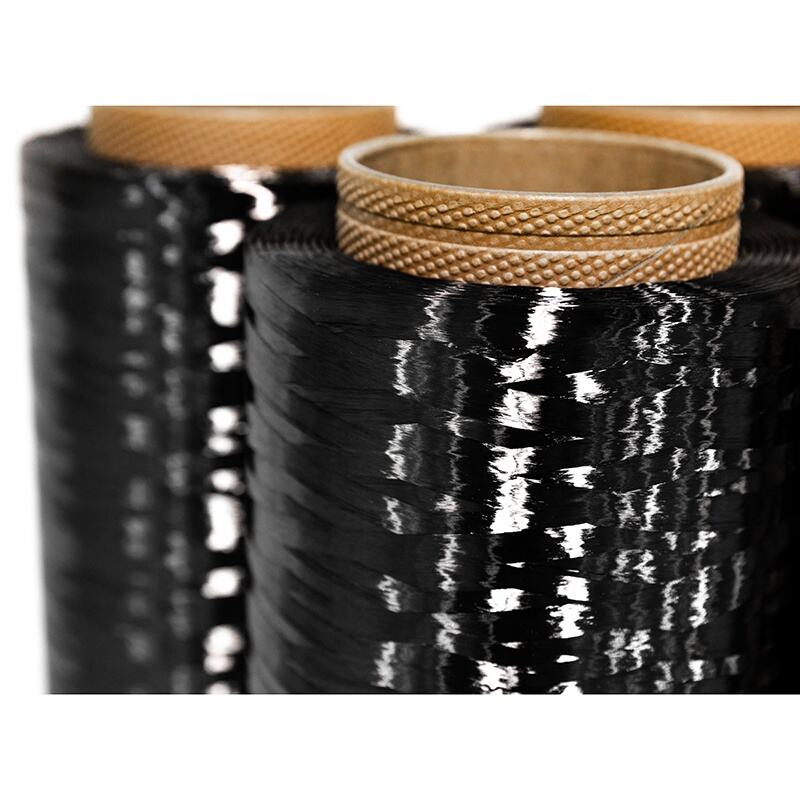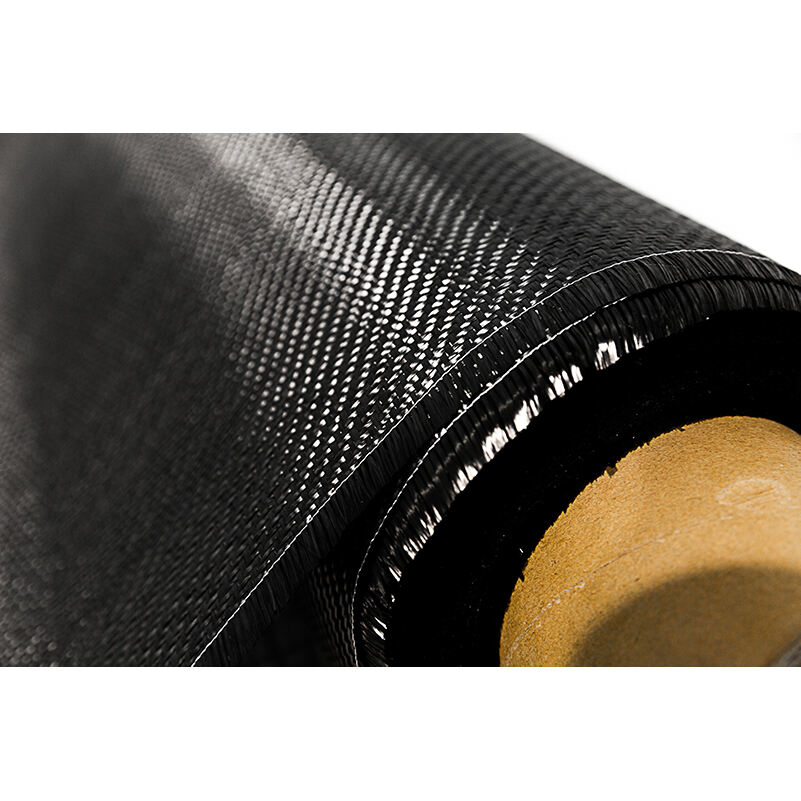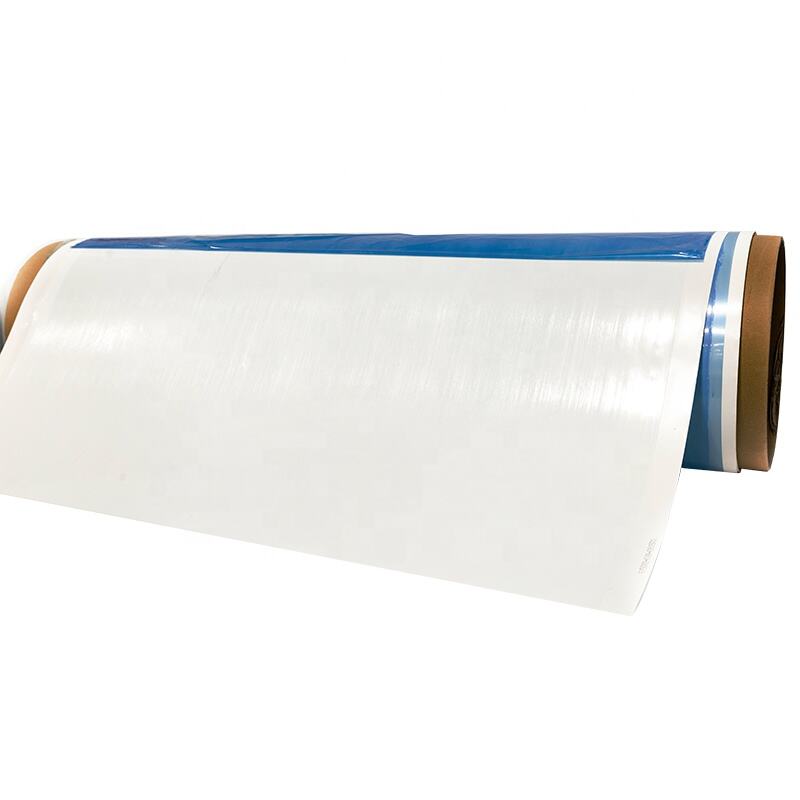carbon fiber tow
Carbon fiber tow represents a fundamental building block in advanced composite materials, consisting of thousands of continuous, untwisted carbon filaments bundled together in a parallel arrangement. These filaments, typically measuring between 5 to 10 micrometers in diameter, are produced through the controlled oxidation, carbonization, and graphitization of precursor materials, most commonly polyacrylonitrile (PAN). The tow size, designated by the number of filaments (such as 3K, 12K, or 50K), plays a crucial role in determining the final properties of composite materials. Carbon fiber tow exhibits exceptional mechanical properties, including high tensile strength, low weight, and superior stiffness, making it an invaluable material in various high-performance applications. Its remarkable strength-to-weight ratio, combined with excellent fatigue resistance and dimensional stability, has revolutionized industries ranging from aerospace and automotive to sporting goods and industrial equipment. The material's versatility allows it to be woven into fabrics, pressed into sheets, or used directly in filament winding processes, providing engineers and manufacturers with extensive design flexibility.


